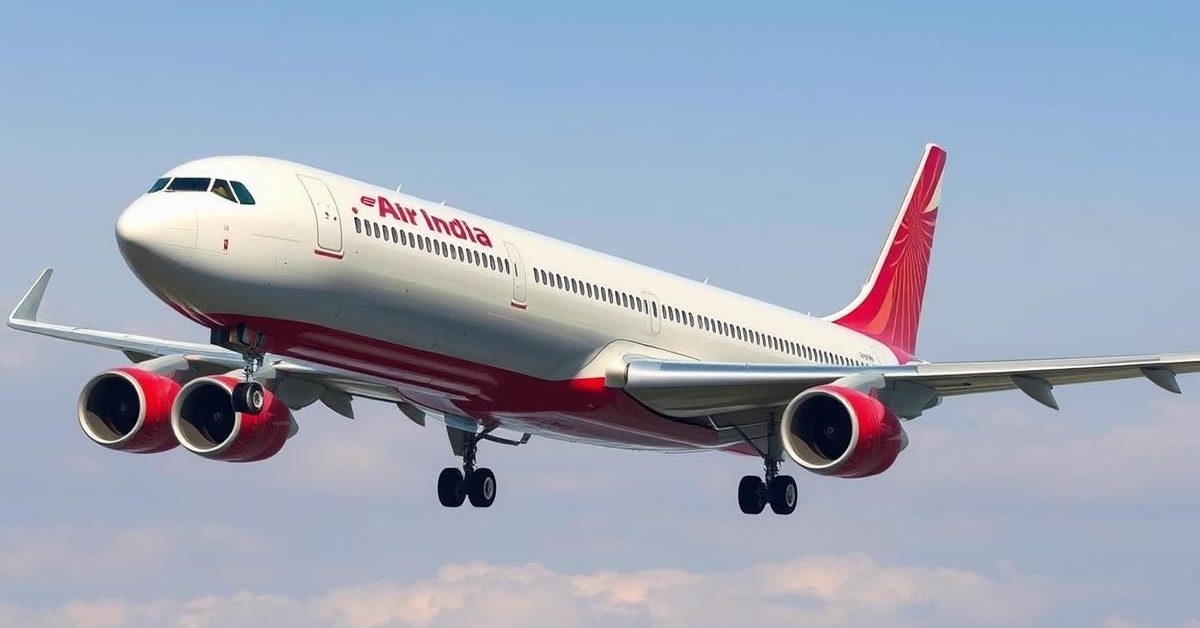A recent preliminary report on the Air India crash in Ahmedabad, which tragically claimed 260 lives, suggests that both fuel switches were cut off at the time of the incident.
Unraveling the Ahmedabad Air India Crash
The devastating Air India crash in Ahmedabad continues to be a subject of intense investigation. A preliminary report has shed light on critical details, particularly noting that the aircraft’s fuel switches were found in the “cut off” position.
This finding has sparked significant discussion among aviation experts, raising questions about the circumstances leading up to the tragic event.
YouTuber Captain Steeeve Weighs In
Aviation YouTuber Captain Steeeve, after reviewing the 15-page preliminary report, described its contents as “nothing short of stunning.” He highlighted that the investigation’s initial findings appear to support a theory of dual engine failure.
According to Captain Steeeve, turning off these fuel switches is a deliberate, three-step process, making it highly unlikely to be an accidental action. He emphasized that under normal flight operations, pilots would never cut off fuel switches when a plane is airborne.
The Mystery of the Fuel Switches
Pilots are rigorously trained for various scenarios. In the rare event of losing both engines, standard procedure dictates that pilots should not touch any controls until the aircraft is at least 400 feet in the air.
Captain Steeeve further explained that even in a dual engine failure, pilots are required to move the fuel switches to “cut off” and then immediately back to “run.” Crucially, they are not to leave them in the “cut off” position, especially not mere seconds after takeoff.
Another crucial observation from the report, highlighted by Captain Steeeve, was the visible deployment of the Ram Air Turbine (RAT) seconds after takeoff. The RAT, a small turbine that generates emergency power, typically deploys only when the fuel switches are in the “cut off” position while the aircraft is airborne.
Focus on Human Action, Not Aircraft Malfunction
Without making definitive claims, Captain Steeeve speculated on the possibility of a pilot experiencing a personal crisis. He firmly believes that the aircraft itself was functioning as intended, and the engines were operating correctly according to their design.
His analysis points to human intervention as the cause for the fuel switches being in the “cut off” position. “What happened was somebody placed those switches to cut off,” he stated, adding, “We don’t know the reason why, we may never know the reason why.”
- The preliminary report indicates both fuel switches were in the “cut off” position during the crash.
- Turning off fuel switches is a deliberate, multi-step process, not an accidental one.
- Standard pilot training requires moving fuel switches back to “run” after a dual engine failure, not leaving them “cut off.”
- The Ram Air Turbine (RAT) deployed post-takeoff, an event linked to fuel switches being in the “cut off” state.
- Captain Steeeve suggests human action, not mechanical failure, was responsible for the switches being off.
The investigation continues as authorities strive to uncover the full story behind this unprecedented aviation tragedy.















